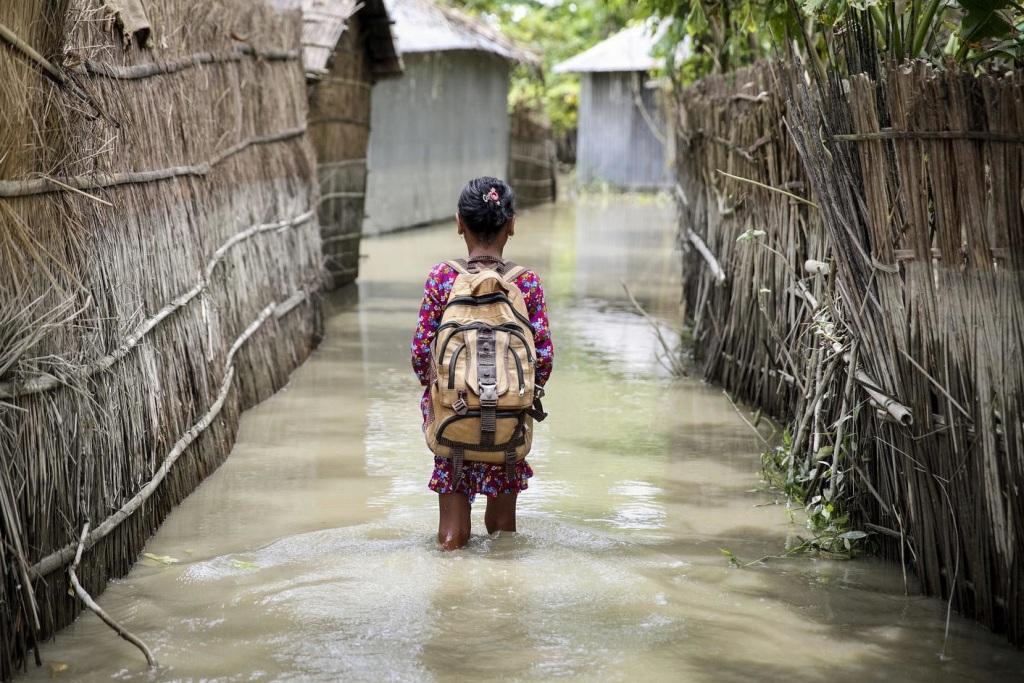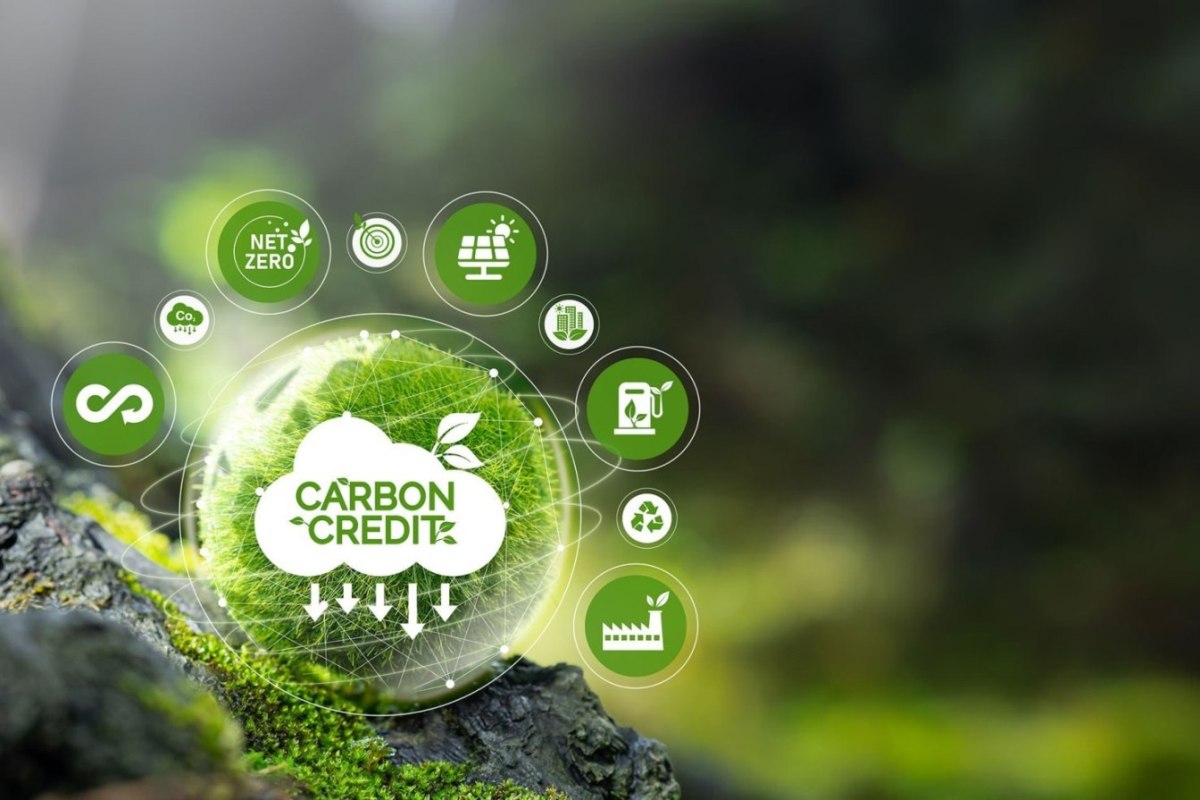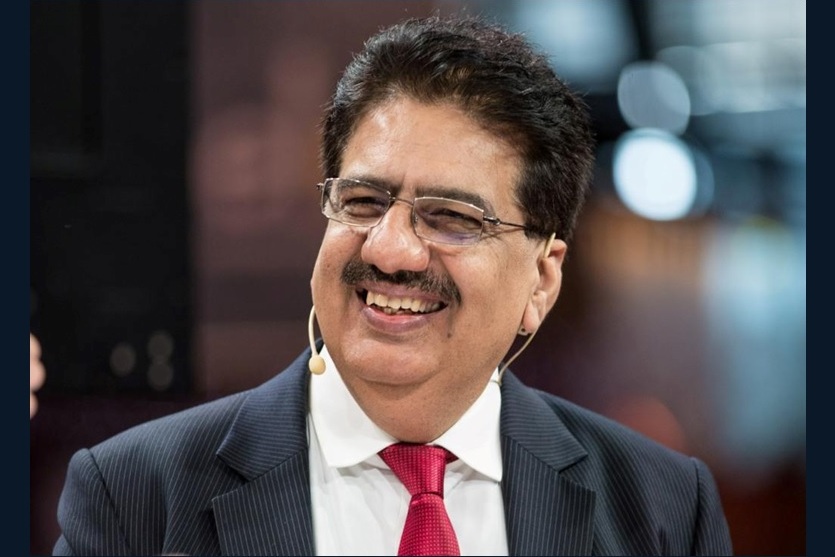 A single wind turbine can light up hundreds of homes, but for Mr. Srinivas Suthram, Head - Business Development at Kshema Power, its true power lies in the hope it brings to the communities living beneath its blades. In a country where conversations on renewable energy often revolve around megawatts and cost efficiencies, Mr. Suthram brings a perspective that is both pragmatic and deeply rooted in social impact. With over 30 years of professional experience, including two decades in renewable energy, he has shaped strategies that drive growth while creating opportunities far beyond the power grid. Having closed nearly 1 GW of wind orders in recent years and previously holding leadership roles at Hindustan Copper Ltd., Finolex Cables, Suzlon, and Inox, he is widely regarded as a leader who understands not just the business of clean energy but also its potential to transform lives.
A single wind turbine can light up hundreds of homes, but for Mr. Srinivas Suthram, Head - Business Development at Kshema Power, its true power lies in the hope it brings to the communities living beneath its blades. In a country where conversations on renewable energy often revolve around megawatts and cost efficiencies, Mr. Suthram brings a perspective that is both pragmatic and deeply rooted in social impact. With over 30 years of professional experience, including two decades in renewable energy, he has shaped strategies that drive growth while creating opportunities far beyond the power grid. Having closed nearly 1 GW of wind orders in recent years and previously holding leadership roles at Hindustan Copper Ltd., Finolex Cables, Suzlon, and Inox, he is widely regarded as a leader who understands not just the business of clean energy but also its potential to transform lives.
In this compelling article, Mr. Suthram illustrates how wind energy is not merely about turbines rising over India’s coastlines and hinterlands, but about what those turbines make possible—livelihoods for rural households, classrooms with reliable electricity, farmers with a safety net, and communities with dignity. Drawing from his extensive experience, he explores how wind power is helping bridge India’s energy divide, creating new economic opportunities while advancing the country’s climate and sustainability goals.
Beyond the Turbines: The Social Impact of Wind Energy on Livelihoods and Learning
India’s power sector has historically been shaped by its dependence on coal and natural gas. While this reliance has fuelled rapid industrialisation, it has also placed a heavy burden on the environment and society. Today, as one of the top three carbon emitters, the country continues to grapple with power shortages in remote and marginalised communities, where unreliable electricity holds back access to education, healthcare, and economic opportunities
This prevailing difference between demand and delivery of generating enough power along with limiting emissions has led to the creation of novel energy paradigm. Amid this transition, renewable technologies are stepping forward as practical answers to India’s twin challenge of growth and sustainability. Wind energy—traditionally regarded as a clean alternative—is evolving into a catalyst for socio‑economic change. By creating livelihoods, fostering skill enhancement, and stimulating rural development, it offers a practical route to equitable and inclusive energy access in India.
From Power Crisis to Potential: Wind as a Response to Growing Demand
With a population of nearly 1.5 billion, India’s energy demand is projected to rise by 3 per cent annually until 2040. Fulfilling this demand using conventional fossil fuels would not just lay ecological stress but would also strain resources and derail climate goals. Acknowledging the urgency, the government has pledged to generate half of the nation’s electricity from renewable sources by 2030 and to realise a net‑zero future by 2070.
Wind power remains central to this shift. The nation is endowed with nearly 7,600 km of coastline together with an exclusive economic zone of 2.3 million square kilometres. These are the areas that are rich in wind potential. As per the World Bank, India holds an offshore wind energy potential of 195 GW with states like Gujarat and Tamil Nadu alone accounting for over 70 GW. With ongoing research, policy incentives, and growing investor interest, the groundwork for offshore wind is steadily being strengthened. While offshore wind projects are yet to take off, these states already lead in onshore wind development, laying the groundwork for large‑scale transformation.
The Source of Cleaner Opportunities
In contrast to fossil fuels, wind power is an abundant and naturally replenishing source of energy. It produces virtually zero emissions during operation and, once turbines are installed, requires no fuel inputs—making it both ecologically and economically viable. With the cost of generating electricity from wind steadily declining, particularly for onshore installations, it has become one of the cheapest forms of power generation in India today.
Nevertheless, the real impact of wind energy extends far beyond carbon savings. At a base level, the growth of wind infrastructure has become a vehicle for job creation, local enterprise plus economic empowerment. Wind energy projects support employment in construction, logistics, site development, turbine operation, and long-term maintenance—generating opportunities across various skill levels.
Powering Inclusion in Remote and Underserved Regions
Wind energy offers a distinct edge in bringing power to the last mile. In remote or difficult terrains where grid infrastructure is hard to build, wind turbines—especially when paired with microgrids or hybrid setups—ensure continuous electricity. This has far‑reaching benefits for clinics, schools, and public utilities long hindered by unreliable access.
Reliable electricity empowers schools to run digital classrooms, enables longer study hours through lighting, and supports midday meal schemes by powering kitchens and storage. Following this, wind energy indirectly supports learning outcomes along with educational continuity. This is particular to rural areas where students are already at a disadvantage.
Furthermore, clean energy access improves community health conditions. In contrast to diesel generators or coal-fired power (pollutes air and emit harmful particulates), wind energy contributes to improving air quality, decreasing respiratory ailments as well as improving overall well-being.The shift to wind power also contributes to national energy security, reducing reliance on imports and creating pathways for sustainable growth. Considering these, Statista has predicted that electricity generation in the wind energy market in India will reach 80.27 bn kWh by the end of this year.
Enabling Dual Land Use and Economic Resilience
One of the key features of wind infrastructure is its minimal land-use conflict. Wind turbines are tall and spread out and leave most of the land beneath them free for other activities like agriculture or livestock grazing. This, in turn, makes wind farms compatible with existing rural livelihoods.
In addition, farmers who lease their land for wind turbine installations gain a steady supplementary income while still pursuing cultivation. This model of co‑existence not only enhances household earnings but also provides a safety net against crop failures, unpredictable monsoons, and market fluctuations.
On the whole, India’s pivot toward wind energy is more than an environmental imperative. In recent times, it has rather emerged as an engine of socio-economic change. In a country where regional inequality, energy poverty, and unemployment remain persistent challenges, wind power provides not just electricity but opportunity. Also, it strengthens climate resilience while energising local economies. It reduces emissions while improving livelihoods. And crucially, it opens doors to learning, healthcare, and dignity in areas long overlooked by traditional energy systems. It creates a ripple effect, sparking local entrepreneurship and skill development while driving India’s clean energy transition.
While turbines continue to rise above coastal plains, deserts and hilltops, they are not merely harnessing the wind. Instead, they are powering the future of inclusive growth. Beyond the turbines lies a quiet revolution, bringing clean power to people, and power back to communities.




 A single wind turbine can light up hundreds of homes, but for Mr. Srinivas Suthram, Head - Business Development at Kshema Power, its true power lies in the hope it brings to the communities living beneath its blades. In a country where conversations on renewable energy often revolve around megawatts and cost efficiencies, Mr. Suthram brings a perspective that is both pragmatic and deeply rooted in social impact. With over 30 years of professional experience, including two decades in renewable energy, he has shaped strategies that drive growth while creating opportunities far beyond the power grid. Having closed nearly 1 GW of wind orders in recent years and previously holding leadership roles at Hindustan Copper Ltd., Finolex Cables, Suzlon, and Inox, he is widely regarded as a leader who understands not just the business of clean energy but also its potential to transform lives.
A single wind turbine can light up hundreds of homes, but for Mr. Srinivas Suthram, Head - Business Development at Kshema Power, its true power lies in the hope it brings to the communities living beneath its blades. In a country where conversations on renewable energy often revolve around megawatts and cost efficiencies, Mr. Suthram brings a perspective that is both pragmatic and deeply rooted in social impact. With over 30 years of professional experience, including two decades in renewable energy, he has shaped strategies that drive growth while creating opportunities far beyond the power grid. Having closed nearly 1 GW of wind orders in recent years and previously holding leadership roles at Hindustan Copper Ltd., Finolex Cables, Suzlon, and Inox, he is widely regarded as a leader who understands not just the business of clean energy but also its potential to transform lives.













.jpg)




